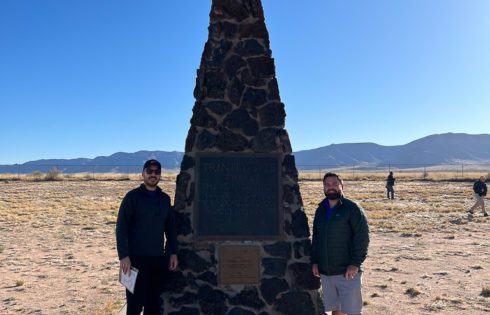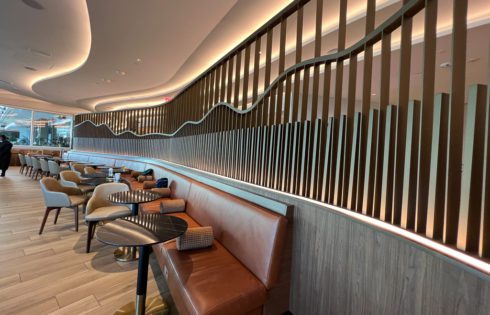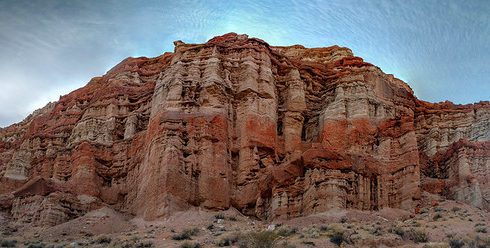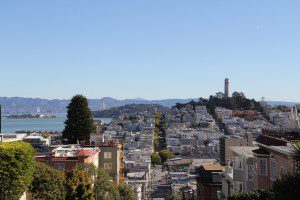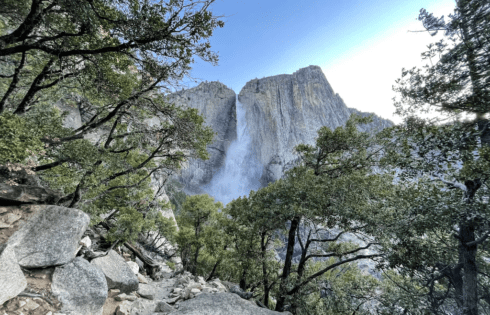
Hiking North America’s Tallest Waterfall: Upper Yosemite Falls Trail Review
If you’re looking for a hike that delivers jaw-dropping views, serious elevation gain, and the chance to stand beside North America’s tallest waterfall, the Upper Yosemite Falls Trail is calling

